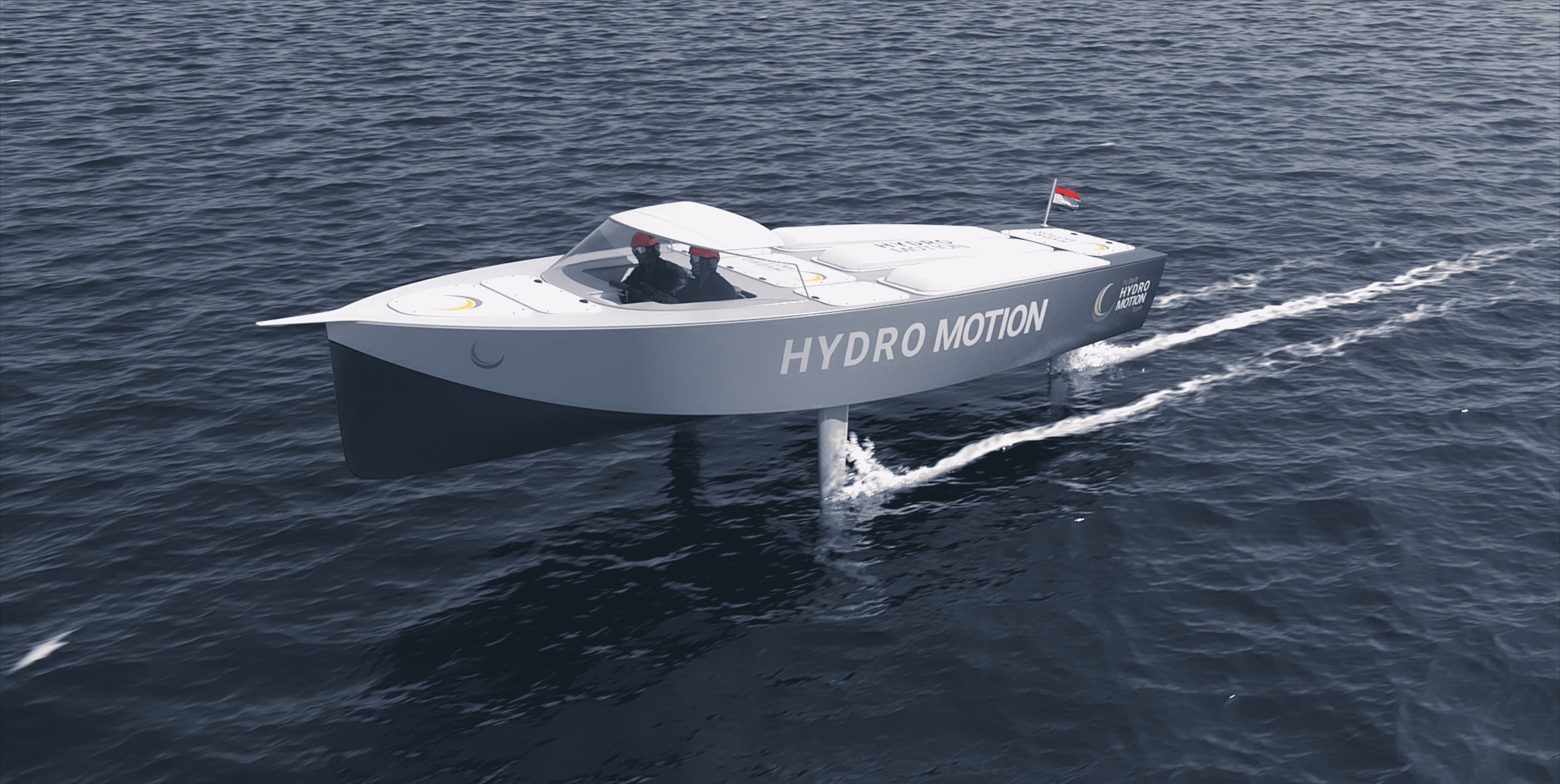
The demand for renewable fuels is rising sharply due to the energy transition, especially from aviation and shipping. This puts a huge demand on the available renewable energy in the Netherlands and competes with other sectors, such as industry. To fly, sail, and drive climate-neutral in 2050, the supply of renewable fuels must increase dramatically. Accelerated development of sustainable technology and increased energy conservation, partly through behavioral change, are also important building blocks in the transition to climate-neutral mobility.
A supply strategy is especially needed for renewable fuels for shipping in the future climate-neutral energy system. This involves both scaling up national production and importing renewable fuels, conclude PBL and TNO in the study ‘Climate neutral mobility in 2050‘. This is the first time that research on climate-neutral mobility has been carried out on such a broad scale.
Also new to this study is that the researchers have examined how climate neutrality can be achieved in 2050, rather than just exploring what is achieved with current policy.
Four modes of transport
Domestic mobility, at nearly 30 megatons in 2022, accounted for 19 percent of total greenhouse gas emissions in the Netherlands. Nearly 46 megatons of emissions from international air and shipping from the Netherlands should be added. Reducing these emissions is a key pillar to achieving the 2050 climate goals.
The researchers examined four modes of transport: road traffic, aviation, maritime shipping, and inland navigation. They included trends in transport volume, development in renewable energy carriers, and the role of other measures, such as improved energy efficiency and influencing demand for mobility, in their analysis.

“A strong national strategy in the production and import of renewable fuels is vital to enable the transition of sustainable mobility.”
Jorrit Harmsen, TNO
Phases of sustainability
The transition of road transport is already in a scale-up phase. Scaling up charging infrastructure and facilitating the phase-out of the existing system of vehicles and fossil energy distribution are major challenges. In aviation and shipping, the transition is still in its infancy.
There is still a lack of clarity in terms of international regulations and concrete policies. In shipping, a wide range of sustainable technologies are being developed, and there is a need for more practical experience as a prelude to the large-scale deployment of sustainable technology.
Scarcity of renewable fuels
“We expect a huge demand for renewable fuels, especially for aviation and shipping,” says TNO researcher Jorrit Harmsen. “There is great uncertainty about these fuels’ supply and price development: after all, the mobility sector is competing with demand from other sectors, such as industry. A strong national strategy in producing and importing sustainable fuels is very important to enable the transition.”
Besides the importance of technology, energy conservation is important to make mobility sustainable, says PBL mobility expert Gerben Geilenkirchen. “In the short term it mainly saves a lot of emissions, in the longer term it lowers the demand for scarce renewable energy and critical materials and raw materials. In addition to improving energy efficiency, behavioral change is important. By this I mean, for example, reducing mobility, driving more economically or switching to sustainable alternatives. Better availability of those alternatives, as well as a smart design of our country, can help.”
Redistributive effects
The researchers point to the crucial role of social acceptance in the transition to climate-neutral mobility. During this transition, mobility may become more expensive and require investments in sustainable technology, which may have different impacts on different groups of citizens and businesses. For example, in the transition to electric driving, lower-income groups who depend on cars are particularly vulnerable.

